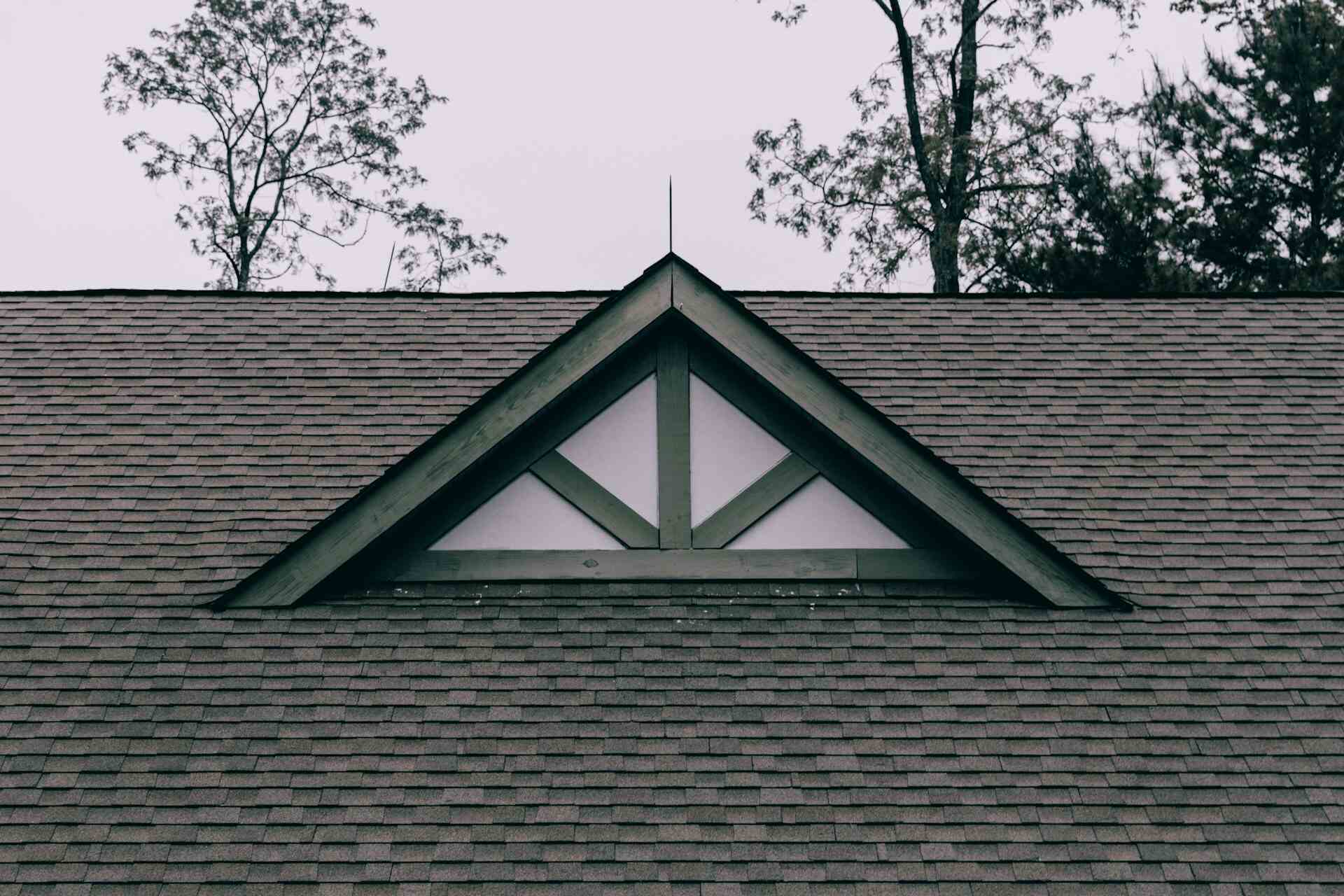Choosing the perfect roof style for your home is a crucial decision that affects your home’s appearance and functionality. The roof is one of the most visible parts of your house, playing a significant role in its overall design and curb appeal. Besides aesthetics, the roof style you choose can also impact the durability and energy efficiency of your home.
There are various roof styles to consider, each with its unique features and benefits. Understanding these styles will help you make an informed choice that suits your needs and preferences. Climate, architectural style, and budget are just a few factors that can influence your decision. It’s essential to weigh all these aspects carefully to ensure you make the best choice for your home.
By exploring different roof styles and evaluating their suitability for your circumstances, you can ensure that your roof enhances the beauty of your home and provides long-lasting protection. Let’s delve into the most common roof styles and discuss how to select the one that best matches your requirements.
Understanding Different Roof Styles
Choosing the right roof style for your home is a significant decision that impacts both its look and function. Several common roofing styles are popular among homeowners. A gable roof, also known as a peaked or pitched roof, is one of the most classic styles, characterized by its triangular shape formed by two sloping sides. This design is effective for shedding water and snow and provides ample attic space for insulation or storage.
A hip roof has slopes on all four sides, which are all equal in length and come together at the top to form a ridge. This design is more stable than a gable roof and is ideal for high-wind or heavy snow areas. Flat roofs, often seen in commercial buildings but also in modern residential homes, have a slight pitch to allow water drainage. They are easier to construct and can be turned into rooftop gardens or patios. Finally, the mansard roof, a French design, provides extra living space in the attic thanks to its double slope on all four sides. This style offers both aesthetic appeal and functionality.
Factors to Consider When Choosing a Roof Style
Selecting the right roof style involves multiple considerations to ensure it meets your needs and enhances your home’s value. Here are the key factors to keep in mind:
1. Climate: The local weather patterns greatly influence your choice. Gable roofs are great for shedding snow and rain, while hip roofs offer better stability in high winds. Flat roofs may require more maintenance in heavy rain areas to prevent pooling water.
2. Architectural Style: Your roof should complement your home’s architectural design. For instance, a gable roof suits traditional-style homes, while flat roofs are often seen on modern buildings. A mansard roof fits well with French or European-inspired designs.
3. Budget: Different roof styles come with varying costs. Gable roofs are typically less expensive due to their simpler construction, while hip and mansard roofs might cost more because of their complexity. Consider both initial costs and long-term maintenance expenses.
4. Local Building Codes: Check your local building regulations before selecting a roof style. Some areas have codes that dictate the types of roofs allowed due to weather conditions or architectural standards.
5. Energy Efficiency: Some roof styles are better suited for energy efficiency. For example, a well-insulated gable roof can help reduce heating and cooling costs. Look into how each style can impact your energy use and utility bills.
6. Aesthetic Appeal: Consider how the roof style will look with your home’s exterior and surrounding landscape. The right choice can significantly enhance the curb appeal and overall value of your property.
Keeping these factors in mind will help you make a well-informed decision that aligns with your practical needs and personal preferences.
Comparing Roof Materials for Each Style
Choosing the right roofing material for your home is crucial, as it affects the durability, cost, and aesthetic appeal of your roof. Different roof styles are best suited to specific materials. For instance, gable roofs, which feature a simple triangular shape, often pair well with asphalt shingles. Asphalt shingles are affordable, durable, and come in various colors, making them suitable for many homes. They also work well with hip roofs, which have slopes on all four sides, providing a sleek look and excellent water drainage.
For flat roofs, materials like modified bitumen, EPDM (rubber), and TPO (thermoplastic) are commonly used. These materials offer flexibility, easy installation, and good resistance to weather conditions. Mansard roofs, which have four slopes and a flat top, often use materials like slate, metal, or wood shingles. These materials add a touch of elegance and historical charm, enhancing the unique aesthetic of the mansard style.
Metal roofing is a versatile option that works well with almost any roof style, including gable, hip, and mansard. It is highly durable, energy-efficient, and available in several styles and colors. Although metal roofs can be more expensive upfront, their long lifespan and low maintenance needs often justify the cost.
Tips for Making the Final Decision
Making the final decision on your roof style involves several practical steps to ensure you choose a roof that meets all your needs and preferences. Here are some tips to help you make the best decision:
1. Assess Your Climate: Consider your local weather conditions. For instance, if you live in an area with heavy snowfall, a gable or hip roof might be more effective in shedding snow compared to a flat roof.
2. Match Your Home’s Architectural Style: Ensure that the roof style you choose complements the architectural style of your home. For example, a mansard roof may be ideal for a French-style home, while a gable roof might suit a colonial or ranch-style house.
3. Set a Budget: Determine your budget before making a decision. Some roof styles and materials are more expensive than others, so it’s important to choose options that align with your financial plan without compromising quality.
4. Check Local Building Codes: Verify that your preferred roof style complies with local building regulations and codes. This helps avoid legal issues and ensures your roof is up to standard.
5. Consult with Professionals: Seek advice from roofing experts who can provide insights into the best materials and styles for your specific needs. They can also help you understand the pros and cons of each option.
6. Consider Maintenance Requirements: Different roof styles and materials have varying maintenance needs. Choose a roof that fits your willingness and ability to perform regular maintenance to keep it in good condition.
By following these tips, you can narrow down your choices and make a well-informed decision that enhances your home’s functionality and appearance.
Conclusion
Selecting the right roof style and material is a significant decision that impacts your home’s durability, efficiency, and aesthetic appeal. Whether it’s understanding the different roof styles, comparing suitable materials, or considering various practical factors, each step helps ensure you make the best choice for your home.
At Mega Pro, we are dedicated to helping you find the perfect roofing solution tailored to your specific needs. We offer professional roofing services, from advice to high-quality installation. Our team is here to support you every step of the way. Contact Mega Pro today to explore your roofing options and start your project with confidence!


